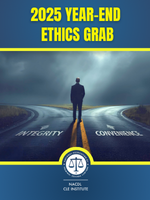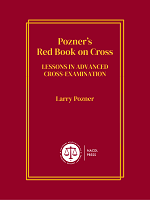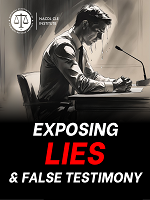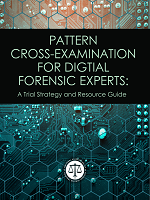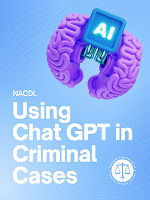News and resources discussing efforts to change the manner in which DPAs and NPAs operate, along with several actual DPAs and NPAs, are provided below.
News and Commentary
“DPAs and Plea Agreements: The Tradeoffs,” Corporate Counsel, January 5, 2015.
The Justice Department is now in your boardroom, in a big way, Fortune, December 22, 2014
Assistant Attorney General Caldwell’s Unconvincing Defense of DPAs / NPAs, FCPA Professor, December, 8, 2014
“DPAs” Have Arrived in England: The Proof of the Pudding Is in the Eating, Raymond L. Sweigart, Pillsbury, February 11, 2014
The Shadow Lengthens: The Continuing Threat of Regulation by Prosecution, James Copland & Isaac Gorodetski, Manhattan Institute for Policy Research, February 2014
Regulators Finding New Ways to Use DPAs, NPAs, Corporate Counsel, July 12, 2013
Do NPAs and DPAs Deter?, FCPA Professor, March 12, 2013
Assistant Attorney General Breuer’s Unconvincing Defense of DPAs / NPAs, FCPA Professor, September 17, 2012
FCPA Enforcement: Why Corporations Support DPAs & NPAs, Corporate Compliance Insights, April 12, 2012
NPAs, DPAs, and the FCPA, FCPA Professor, February 9, 2010
Proposal Seeks More Oversight of Justice Department's Pre-Trial Diversion Agreements, Shana-Tara Regon, NACDL, Washington Legal Foundation, September 25, 2009
Alert: Differences in DPAs and NPAs Narrowing?, Compliance Week, July 9, 2009
Resources
Brandon L. Garrett and Jon Ashley, Corporate Prosecution Registry, University of Virginia School of Law
The Shadow Lengthens: The Continuing Threat of Regulation by Prosecution, James Copland & Isaac Gorodetski, Manhattan Institute for Policy Research, February 2014
2013 Year-End Update on Corporate NPAs and DPAs, Gibson Dunn, January 7, 2014
2013 Mid-Year Update on Corporate Deferred Prosecution and Non-Prosecution Agreements, Harvard Law School Forum on Corporate Governance and Financial Regulation, July 24, 2013
2012 Mid-Year Update on Corporate Deferred Prosecution and Non-Prosecution Agreements, Gibson Dunn, July 10, 2012
The Shadow Regulatory State: The Rise of Deferred Prosecution Agreements, James Copland, Manhattan Institute for Policy Research, May 2012
Memo from Acting Deputy Attorney General Gary G. Grindler, Additional Guidance on the Use of Monitors in DPAs and NPAs with Corporations (May 25, 2010) (Grindler Memo)
Government Accountability Office, Report to Congressional Requesters, Corporate Crime: DOJ Has Taken Steps to Better Track Its Deferred and Non-Prosecution Agreements, but Should Evaluate Effectiveness (January 2010)
Memo from Acting Deputy Attorney General Craig S. Morford, Selection and Use of Monitors in DPAs and NPAs with Corporations (March 7, 2008) (Morford Memo)



